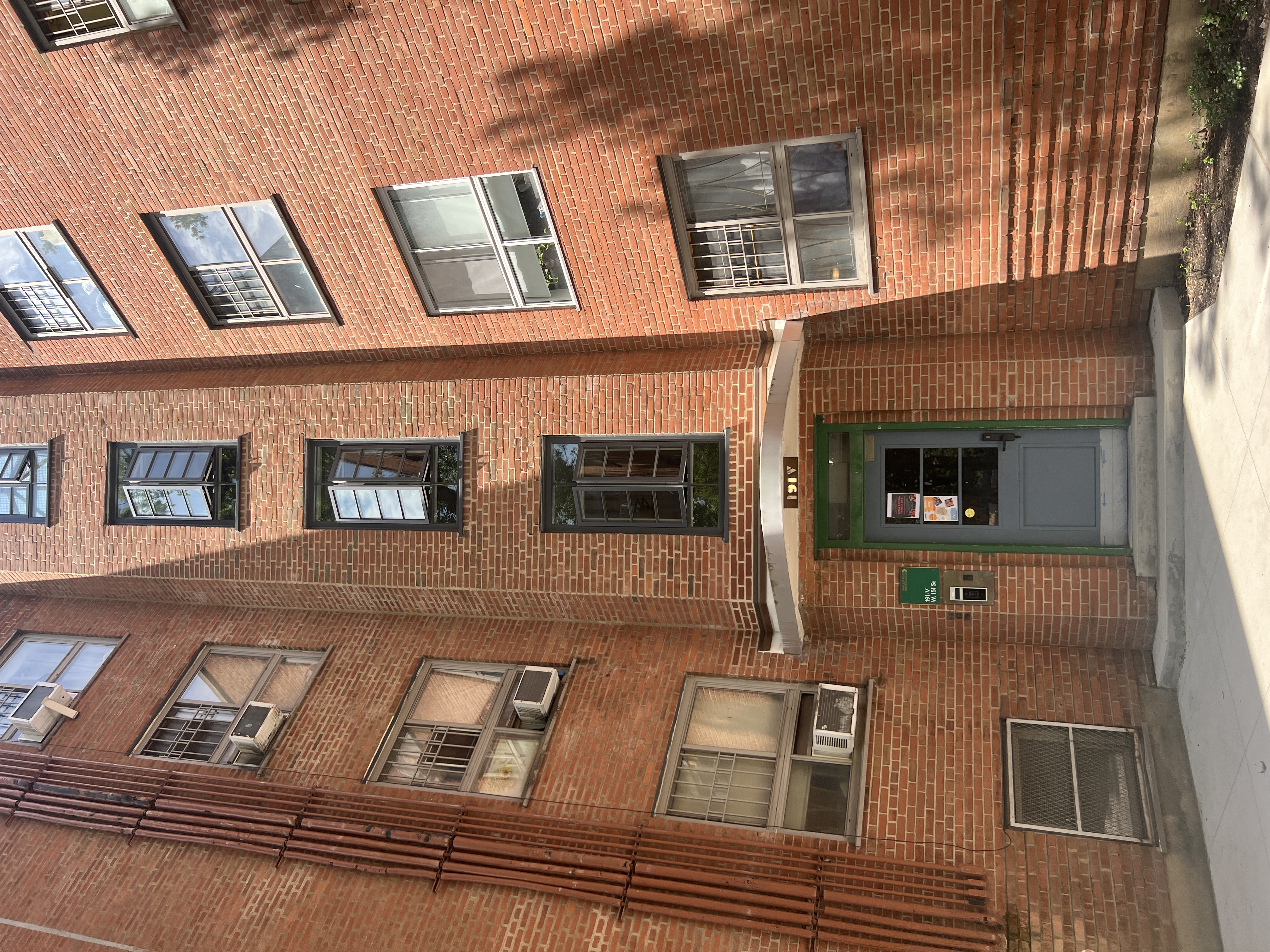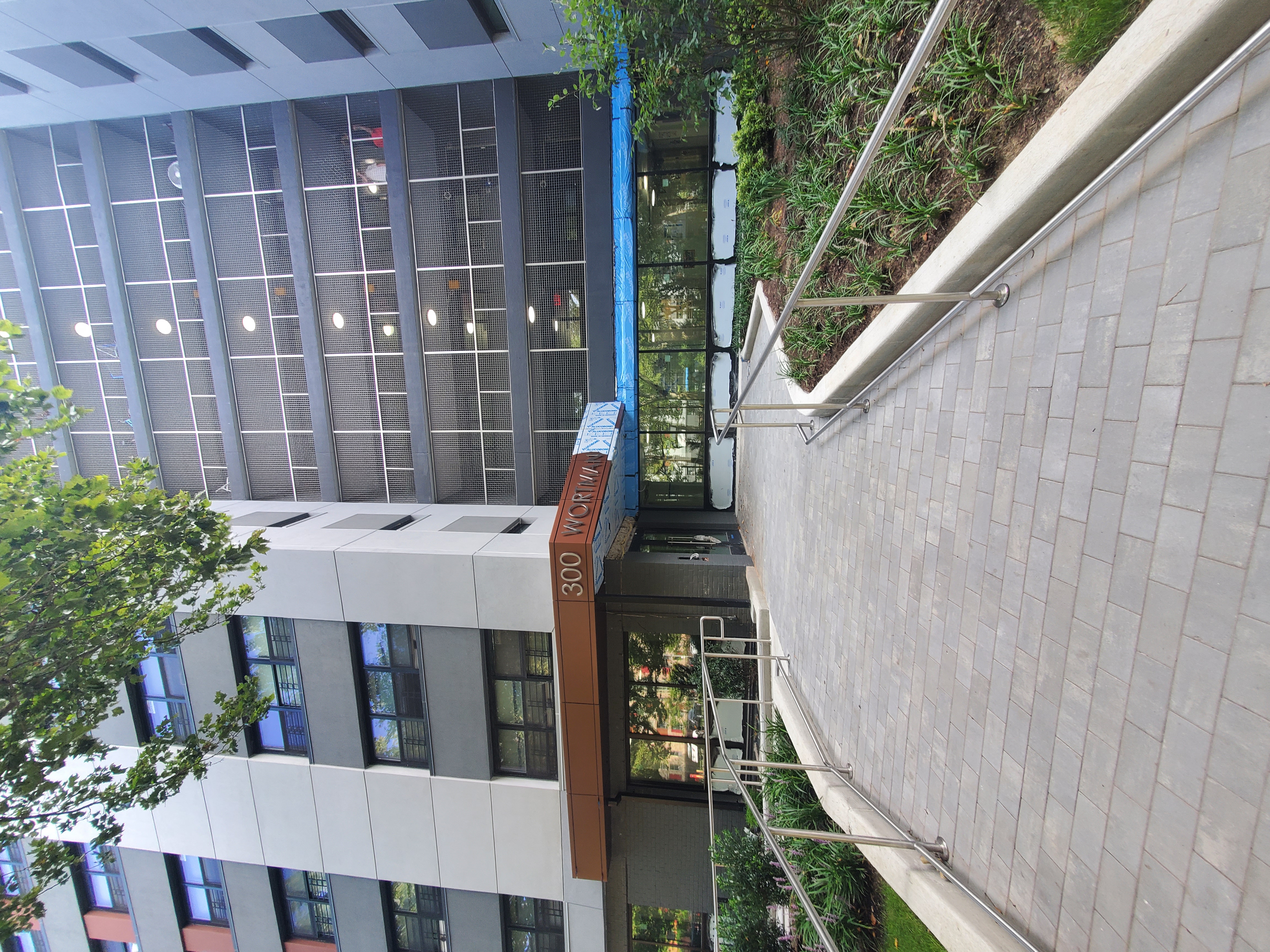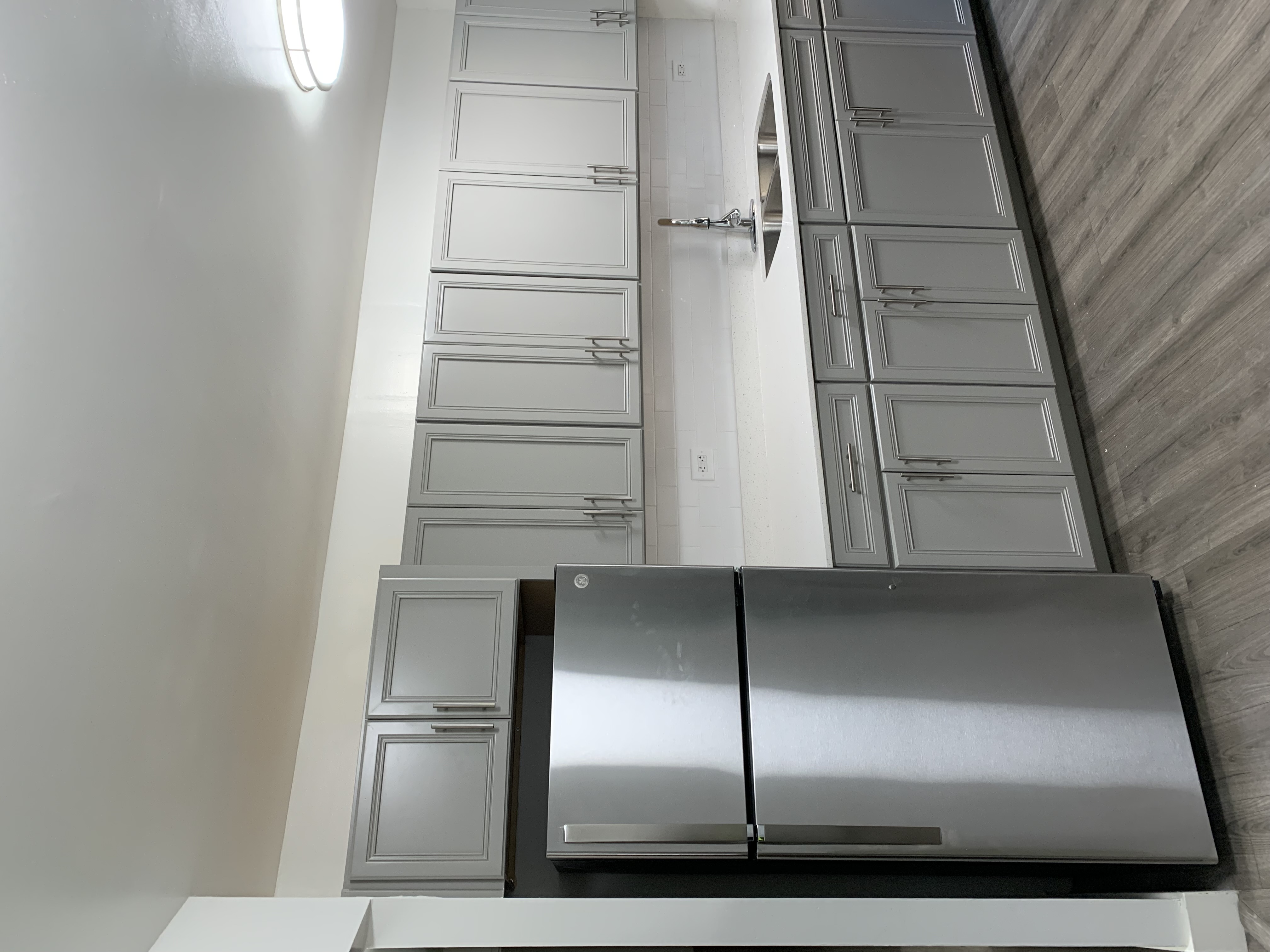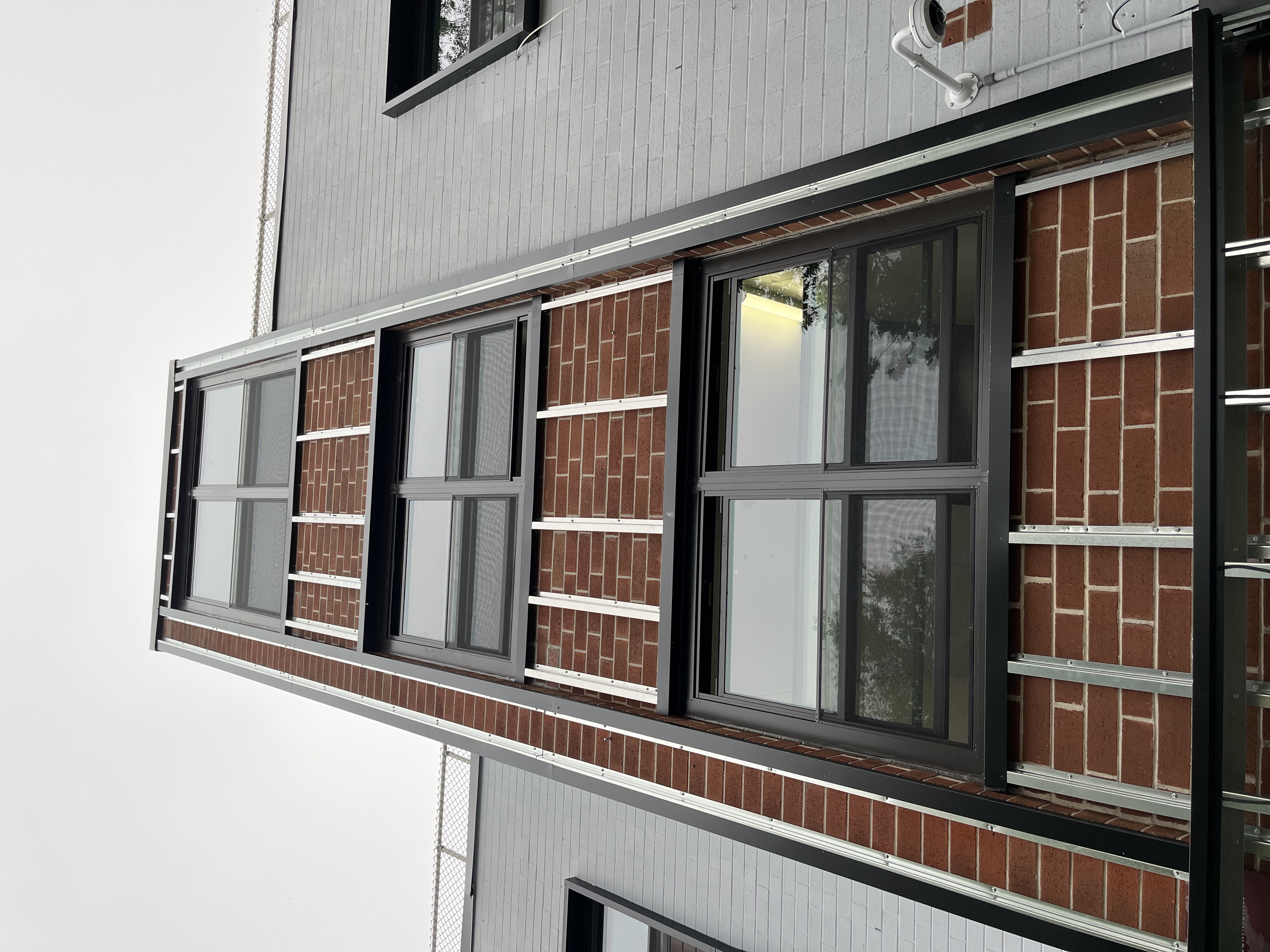
 NYC Housing Authority311
NYC Housing Authority311 Search all NYC.gov websites
Search all NYC.gov websites
PACT Project Progress & Compliance Oversight
What is NYCHA's role in ensuring performance of PACT partners after conversion?
NYCHA is responsible for ongoing oversight and active monitoring of conditions at each development after conversion to Project-Based Section 8, when the PACT partner takes responsibility for completing comprehensive repairs, managing the development, and providing social services. NYCHA collects and analyzes monthly reports which include data on: o Maintenance and repairs: Creation and resolution of work orders for pests, mold, leaks, elevators, and heat. o Tenancy proceedings: Outreach related to rental arrears or other tenancy-related issues. All PACT partners must follow NYCHA’s Housing Stability and Retention Guidelines for any legal matters with households. o Construction: Progress updates as the development is modernized. The dashboards below present performance metrics based on this data, across the PACT program and for each project, following the transition to new management. For a full list of developments at each PACT project, please refer to the Interactive Project Map data available on the PACT Projects & News webpage. NYCHA also conducts site visits to monitor PACT partner activities and respond to inquiries or issues. In addition, NYCHA ensures PACT partners comply with specific requirements of the Section 8 subsidy and waitlist policies. If performance gaps are identified, NYCHA will work with a PACT partner to identify and analyze root causes, agree on specific solutions, and monitor improvement.
How does NYCHA monitor performance of maintenance and repairs by PACT partners?
NYCHA tracks the status of work orders from opening to resolution, and compares these to standards for on-time resolution established by HUD and the Baez Revised Consent Decree for NYCHA. This ensures residents in PACT developments continue to receive effective maintenance and repair services. The filters on the graphs can be used to view information for a specific PACT project and/or type of work order.
| Quarter | Apartments | Work Orders Created | Work Orders Resolved | Work Orders Open at End of Period | Open WOs per 10,000 Apartments | % Work Orders Resolved on Time |
| Q1 2021 | 9,517 | 3,401 | 3,251 | 0 | 0 | 73% |
| Q2 2021 | 9,517 | 2,129 | 2,213 | 0 | 0 | 78% |
| Q3 2021 | 9,517 | 1,667 | 1,692 | 0 | 0 | 85% |
| Q4 2021 | 14,733 | 2,402 | 2,438 | 0 | 0 | 89% |
| Q1 2022 | 15,426 | 3,271 | 3,249 | 0 | 0 | 94% |
| Q2 2022 | 15,426 | 2,253 | 2,233 | 0 | 0 | 94% |
| Q3 2022 | 15,426 | 2,085 | 2,103 | 0 | 0 | 90% |
| Q4 2022 | 15,426 | 2,712 | 2,697 | 0 | 0 | 90% |
| Q1 2023 | 15,983 | 2,669 | 2,636 | 0 | 0 | 89% |
| Q2 2023 | 18,018 | 2,013 | 2,044 | 0 | 0 | 89% |
| Q3 2023 | 19,001 | 2,739 | 2,703 | 2 | 1 | 90% |
| Q4 2023 | 20,697 | 4,519 | 4,145 | 0 | 0 | 84% |
| Q1 2024 | 20,697 | 3,552 | 3,916 | 0 | 0 | 77% |
| Q2 2024 | 21,694 | 3,047 | 2,999 | 0 | 0 | 84% |
| Q3 2024 | 23,312 | 3,409 | 3,169 | 1 | 0 | 78% |
| Q4 2024 | 24,584 | 5,589 | 5,110 | 0 | 0 | 81% |
| Q1 2025 | 25,461 | 5,303 | 5,443 | 5 | 2 | 81% |
| Q2 2025 | 27,130 | 3,572 | 4,031 | 5 | 2 | 76% |
How does NYCHA monitor tenancy proceedings at PACT converted sites?
NYCHA monitors the course of holdover and non-payment tenancy proceedings throughout the entire process - from required pre-eviction outreach, to formal case initiation, to any final resulting evictions - to ensure resident rights are protected and housing stability and resident retention are maintained whenever possible. NYCHA’s Housing Stability and Retention Guidelines for PACT partners standardizes pre-eviction outreach protocols and eviction prevention procedures at all developments converted to PACT. The filters on the graphs can be used to view information for a specific PACT project and/or type of tenancy proceeding. NYCHA began collecting information from PACT partners regarding tenancy proceedings in January 2021; that information is reflected below. In addition to the information below, there were 76 evictions that occurred at PACT projects prior to 2021.
| Quarter | Apartments | Pre-Eviction Outreach | Cases Initiated | Evictions | Evictions per 10,000 Apartments | Eviction Rate* (evictions/units) |
| Q1 2021 | 9,517 | 550 | 83 | 0 | 0 | 0.00% |
| Q2 2021 | 9,517 | 208 | 65 | 0 | 0 | 0.00% |
| Q3 2021 | 9,517 | 222 | 57 | 0 | 0 | 0.00% |
| Q4 2021 | 14,733 | 490 | 31 | 0 | 0 | 0.00% |
| Q1 2022 | 15,426 | 1,108 | 211 | 1 | 0.6 | 0.01% |
| Q2 2022 | 15,426 | 759 | 131 | 1 | 0.6 | 0.01% |
| Q3 2022 | 15,426 | 810 | 247 | 0 | 0 | 0.00% |
| Q4 2022 | 15,426 | 958 | 391 | 8 | 5.2 | 0.05% |
| Q1 2023 | 15,983 | 1,098 | 781 | 9 | 5.6 | 0.06% |
| Q2 2023 | 18,018 | 646 | 887 | 9 | 5 | 0.05% |
| Q3 2023 | 19,001 | 1,564 | 726 | 6 | 3.2 | 0.03% |
| Q4 2023 | 20,697 | 1,690 | 360 | 13 | 6.3 | 0.06% |
| Q1 2024 | 20,697 | 1,594 | 352 | 20 | 9.7 | 0.10% |
| Q2 2024 | 21,694 | 1,917 | 607 | 31 | 14.3 | 0.14% |
| Q3 2024 | 23,312 | 2,095 | 959 | 37 | 15.9 | 0.16% |
| Q4 2024 | 24,584 | 1,597 | 577 | 29 | 11.8 | 0.12% |
| Q1 2025 | 25,461 | 2,454 | 980 | 30 | 11.8 | 0.12% |
| Q2 2025 | 27,130 | 1,354 | 648 | 31 | 11.4 | 0.11% |
* A state-wide eviction moratorium was enacted in March 2020 and was lifted in January 2022.
How does NYCHA monitor construction work to modernize converted PACT properties?
NYCHA oversees the creation and implementation of PACT partners’ rehabilitation plans to ensure that the quality of work meets or exceeds required design specifications and standards. Oversight also focuses on adherence to Tenant Protection Plans, lead-based paint abatement protocols, safety requirements, and applicable prevailing wage, MWBE contracting, and Section 3 labor participation requirements. Construction is performed in phases and typically takes between 18 to 36 months to be completed. NYCHA monitors construction through meetings with all stakeholders, performing regular progress inspections and monitoring any actions agreed to remediate issues identified, following up on any construction-related complaints, and performing final inspections and verifying all scope of work items have been completed. Construction progress, total investment and Section 3 progress to date through Q2 2025 are presented for all PACT projects below.
 Harlem River Window Replacement
Harlem River Window Replacement Linden Façade and Entry Renovation
Linden Façade and Entry Renovation Reid Apartments + Park Rock Consolidated Kitchen Renovation
Reid Apartments + Park Rock Consolidated Kitchen Renovation Union Avenue Consolidated Façade Renovation
Union Avenue Consolidated Façade Renovation30%
30%
44%
36%
32%
87%
15%
24%
6%
33%
31%
49%
34%







